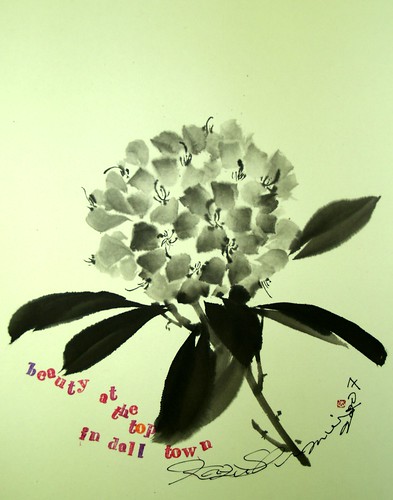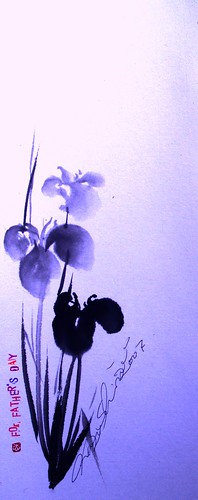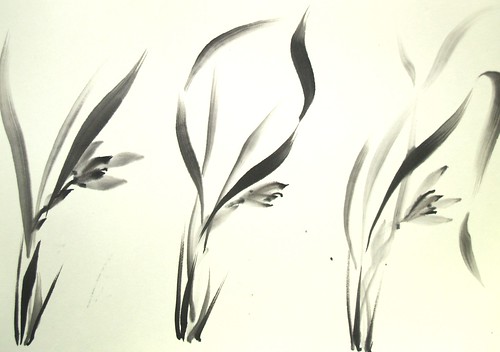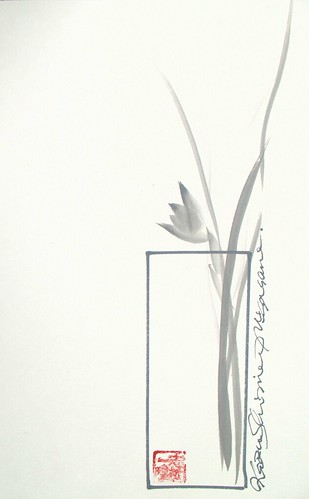
向日葵, sonneblume, zonnebloem, tournesol
Hi-mawari, sunflower in Japanese, means little interesting, because it indicates a flower that turns around toward the sun’s movement. Sunflower is litterary a flower of the sun, a shape of which reminds of the sun flaire. In English, German, Dutch,,, the attention takes at flower’s shape, however, Asian such as Chinese, Japanese and Latins such as Italian, French, they see the movement of this flower and name after it.
Italin film, "I Gilsoli", shot many beautiful sunflowers veiws. Italian director Vittorio De sica might want to represent the sunflower as people of desperate fate due to a war. He inserted lots of sunflower field cuts. They steals, doesn’t move. If he were northern European, his metapher would have the strong will as the sun-shining-flower. Italian gilasoli is the "moving along the sun". So, I assume that he might represent the sunflower as the fate played by the war, unescapable recruting and another life afterwards like the sunflower turns its face along with the sun’s unchangable moving, the sun is a country as the fate generator, and the sunflower is us.
Some says in Korea a flattery is called sunflower. It is suprised that sunflower keeps a negative meaning. Only young sunflowers turns their face along with the sun’s move. So Korean means might the unrestness in youth. please let me know, anyone knows this things.










